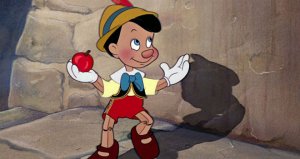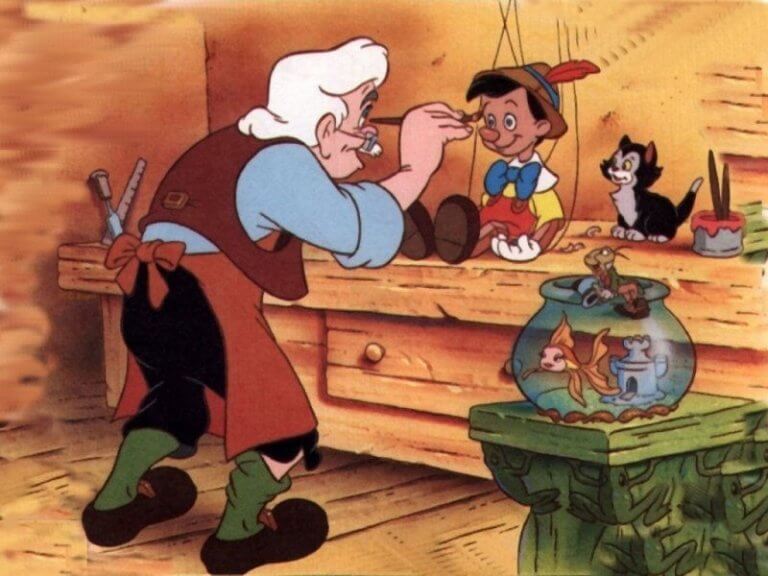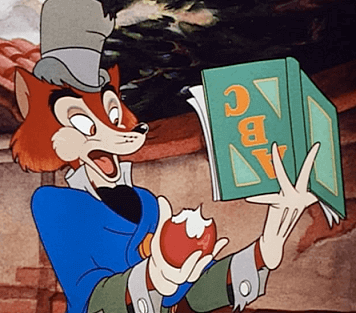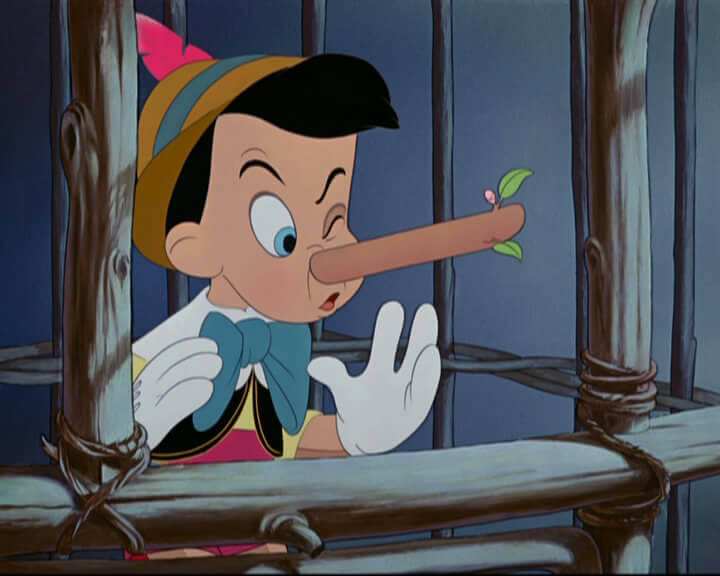Pinocchio and the Importance of Education


Written and verified by the psychologist Gema Sánchez Cuevas
Pinocchio is the protagonist of The Adventures of Pinocchio by Carlo Collodi, and both children and adults love him in the Disney film. Although there are other adaptations in theater, film, and television, we mostly picture Pinocchio as the wooden boy whose nose grows every time he tells a lie. However, this story is about more than the lies of children.
Let’s focus on the Disney version because it is the best known, despite how different it is from the original. It premiered in 1940 and still is a good example of the importance of education in children. On the other hand, since the world has changed a lot since the 1940’s, it’s important to contextualize. We’ll try to imagine what life was like, then update this beloved character.
Pinocchio and other stories
At the beginning of the film, three books appear: Alice in Wonderland, Peter Pan, and Pinocchio. Jiminy Cricket opens the latter, and the story begins. This nod to the other works is interesting, since their animated version were made by Disney a decade later.
If we compare the works, we see different parallels:
- The protagonists are children who do not want to grow up or who have trouble reaching adulthood.
- They have moral lessons about what is right and wrong.
- They include animals with human characteristics who will play fundamental roles in the story.
- The children in these works ask a lot of questions; they are curious.
- All three criticize various aspects of society, especially related to education.
We could analyze each of them very deeply, but today we’ll focus on Pinocchio and some of the most relevant aspects.

The birth of Pinocchio, the wooden boy
Pinocchio is a puppet carved by Geppetto, an honest, hard-working, good-hearted man. We observe in Geppetto a paternal instinct from the beginning. We see it in the way he takes care of his pets: Figaro the cat and Cleo the fish. He treats them as if they were part of the family. He has created a home with them and behaves like a father.
However, he longs to have a real child and wishes that Pinocchio would come alive. The Blue Fairy is in charge of fulfilling this desire and giving life to Pinocchio. And it’s not coincidental that the material chosen is wood, because it has great symbolism. In fact, in some mythologies the idea of a wooden man has served to explain creation. Pinocchio will be a boy of wood until he shows himself ready to become a real boy.
The fairy gives Jiminy the job of being Pinocchio’s conscience and guide in life. This is also important, because in many cultures the cricket is seen as a carrier of good luck and wisdom. The blue Fairy symbolizes the role of mother for Pinocchio. After all, she gives him life and appears at times when he needs her the most.
“What is conscience? I’ll tell you. Your conscience is the weak inner voice that no one hears, that’s why the world is so bad.”
-Jiminy Cricket-
The road of life
The big problems come up when Pinocchio has to differentiate good from evil and learn to overcome temptation. Jiminy Cricket will try to help him, but he fails a lot. Conscience is that inner voice that we all have. It is something small, as small as Jiminy Cricket, and sometimes hard to hear.
The next morning, Pinocchio leaves the house and starts off to school. This crossing is a metaphor for the path of life, where we come across obstacles in our way to do good. And it’s often really easy to deviate from this path. Pinocchio is not good or bad, but he must learn and get wisdom so he can continue on the right path.
Due to his innocence and ignorance of the world, he will run into problems that will challenge him. On his way, he finds two scammers: a fox, known as Honorable John, and his friend the cat, Gideon. The choice of these characters isn’t coincidental. It’s common to associate foxes with cunning and cats with betrayal.
Both characters are ignorant. They can’t read or write, and they are greedy and take advantage of Pinocchio’s innocence. They have succumbed to the temptation of being a con artist and getting something for nothing.
“Why does an actor want conscience?”
-Jiminy Cricket-
Pinocchio works as a puppet for Stromboli, he sings and dances, he moves without wires. Here, we see irony and the metaphor of the puppet: a puppet does not move by itself. It needs strings and someone to pull them. Pinocchio doesn’t need them and, therefore, is free. However, he soon discovers that life is very different.
Education keeps you from deception, illiteracy makes you vulnerable.

Learning and liberation
Once released from Stromboli, Pinocchio falls back into Honorable John’s trap. Honorable John gives him an Ace of Spades and makes him believe it’s a ticket to the island of games. On the island of games, everything looks wonderful. Children can play, smoke, drink, be violent… There are no laws and children are free.
However, they have been deceived and their “fun” ends up turning them into donkeys. Donkeys that will be used for labor. Thus, lack of education leads to slavery.
Finally, Pinocchio discovers that Geppetto went out to look for him and ended up being swallowed by a whale. Pinocchio, worried, decides to fix his mistakes and go rescue his father. Him leaving the belly of the whale is a symbol for liberation, overcoming adversities and opening doors to knowledge.
The lies
On the other hand, this film also highlights the problems with lying . We see Pinocchio lie to himself. He does so when the Blue Fairy asks him why he has not gone to school. Pinocchio knows that he has done something wrong and instinctively protects himself. Lying is a defense mechanism.
It’s not a premeditated lie, nor too elaborate, but rather improvised on the fly. Just like how children lie to avoid punishment when they know they’ve done something wrong. This type of lie is common between four and five years of age, although we all know this behavior can stick around. There is even something called Pinocchio syndrome.

To be educated is to be free
It’s important to watch the film through the lens of the time it was made in. Then, illiteracy was still a serious problem in Western countries, and both the educational system and the family model were still very much controlled by a certain way of thinking — unmovable and inflexible in many cases. In certain corners of society it is still present, but in many others it has been transformed.
The message Pinocchio leaves us is clear: education frees us. Knowledge leads us to make good decisions and not to fall into deception. Therefore, it is our responsibility, as educators of the generations to come, to raise children so that they can be free, learn to think critically, and independently make good decisions.
And we’re not just talking about education in the academic sense (being good at math, languages or sports). But also education in the sense of having the ability to reason, to think, to analyze, to be critical. Each child is unique. It is our obligation, and at the same time our privilege, to take care of them. Teachers play a very important role, but so do “teachers” in the home.
“The first task of educators is to stir up life, but leave it free to develop.”
-Maria Montessori-
This text is provided for informational purposes only and does not replace consultation with a professional. If in doubt, consult your specialist.








